It’s weird that, if you wanted to video call someone ten years ago, you would turn to Skype. Not only was it one of the only options. It worked most of the time and no-one questioned security. Now people are flooding to Zoom as the video conference platform of choice. But is it safe?
In the past weeks, Zoom has faced several privacy and security concerns. Some businesses like SpaceX has informed employees not to use the software. Some have turned to alternatives like Teams or BlueJeans. But the truth is that Zoom can be very secure. You just need to know how to implement the security features.
Update the things
As software becomes more prominent, it is generally pushed to implement more security features. As a result of the slap-in-the-face feedback the platform received in recent weeks, Zoom has addressed a number of its security flaws. Developers have already rolled out fixes to enable passwords for conference entry with digital waiting zooms, and stopping its mobile iOS app from sending data to Facebook in the background.
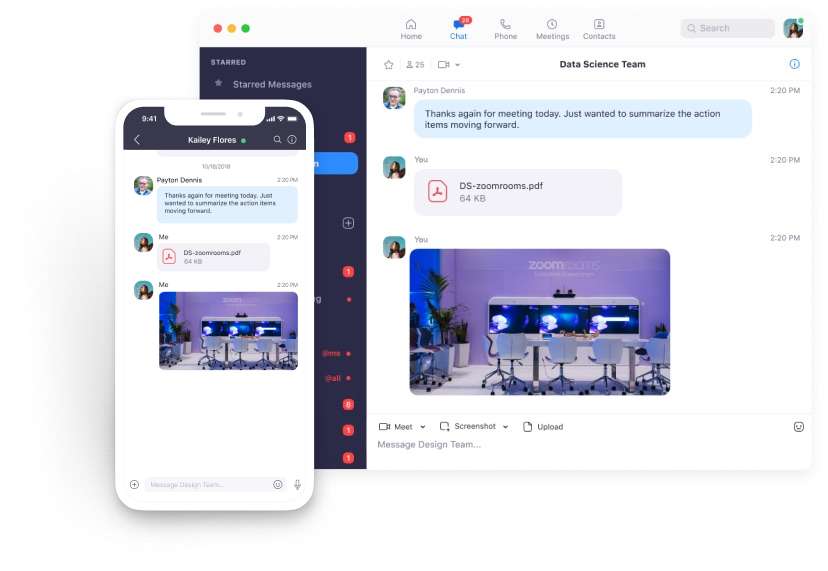 These changes roll out in real-time, but that still means you’ll need an update if you’re using the app on your laptop or phone. To update the Zoom client, do the following: Open the Zoom desktop app > Go to your profile in the upper right corner > Select the Check for Updates option > Click Done once you’re finished.
These changes roll out in real-time, but that still means you’ll need an update if you’re using the app on your laptop or phone. To update the Zoom client, do the following: Open the Zoom desktop app > Go to your profile in the upper right corner > Select the Check for Updates option > Click Done once you’re finished.
Another massive issue is zoombombing — when an uninvited person gains access to a zoom meeting and broadcasts violent or pornographic content. This is especially troubling when it’s a school class meeting or a meeting containing secret details. Like, Pres. Cyril wouldn’t have an open Zoom meeting, no sireee.
This is how you do it
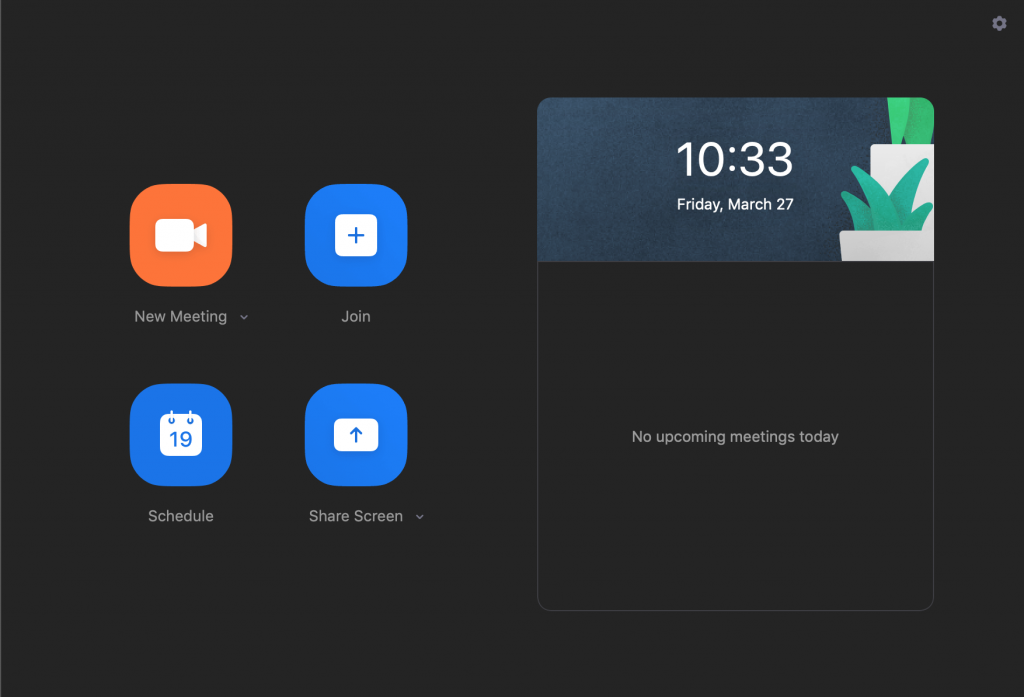
As a general rule of thumb, make sure you understand software before you use it. Zoom has made it easy to access a meeting using a link or a meeting ID (which is what makes it so accessible). You don’t necessarily need an account or any knowledge of the software to join a meeting.
But if you play around in the settings a bit, you’ll find it easy enough to make a meeting more secure. There are a few ways you can ensure no-one zoom-bombs the daily staff meeting.
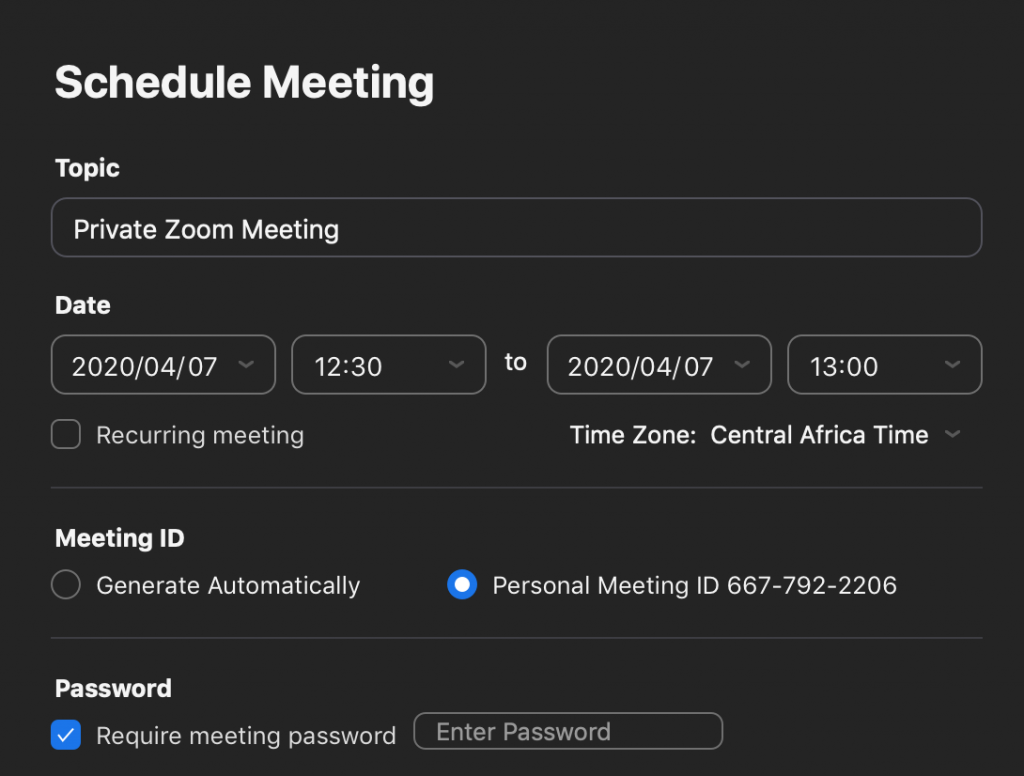
Firstly, you’ll need to make sure that your room has a password required to join the meeting. This can be set up when you schedule a meeting in the settings. A password should generally be strong enough not to guess — if we’re setting up a Stuff meeting, we won’t make the password ‘Stuff’, for example. Be a bit more creative here, and remember to include capitals and numerals to be safe. You know the drill.
For obvious reasons, don’t share the meeting ID or password with anyone outside actual participants. Don’t put it on Twitter, or you’re asking for trouble.
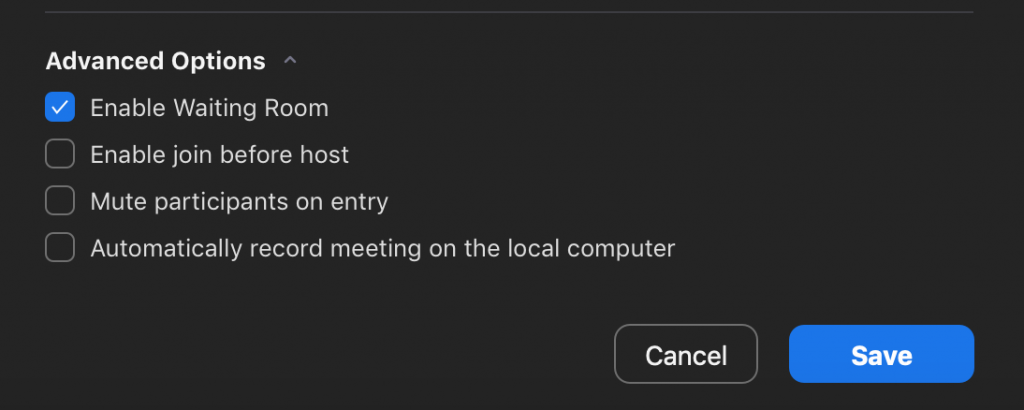
You’ll need to head to Advanced Options for the next part. Go ahead and disable the ‘Join Before Host’ setting to avoid lurkers. You can now schedule a meeting using the Zoom app.
There are more security settings hidden in the web application. Go to your profile icon (top right), select settings and hit View More Settings at the bottom of the list. It’ll direct you to a web page.
Here you’ll have the ability to toggle the File Transfer option, which will prevent lurkers from sending dodgy pictures in the chat. You can also disable the Allow Removed Participants to Rejoin option, so lurkers who are kicked off can’t rejoin the call.
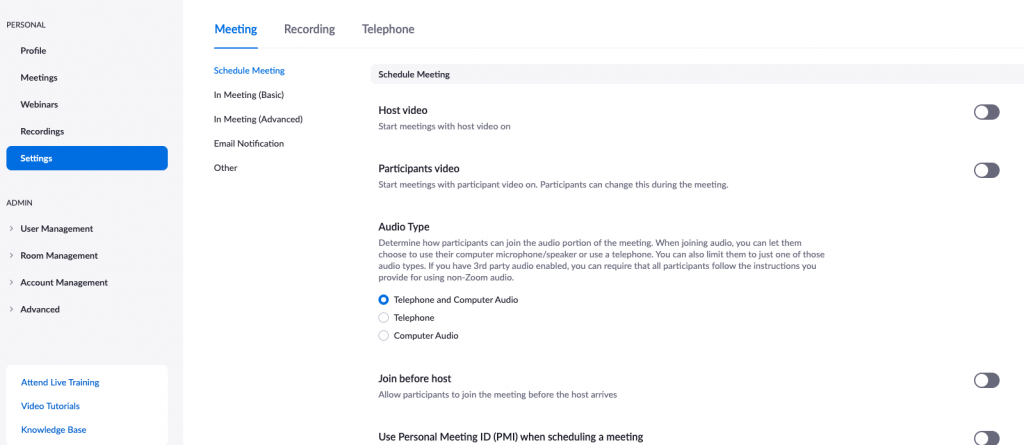 Or you can dump Zoom
Or you can dump Zoom
If you’re one for keeping things as secure as possible. — if your business meetings are highly confidential and you’re worried about security, for instance — then there are other options for video conferencing.
Unfortunately, the best way to keep yourself protected from Zoom is by not using Zoom. It is one of the easiest clients to use for video calls. You may prefer safety to accessibility, in which case we would recommend you try out good old Skype or Microsoft Teams. If your entire team or family uses Apple products, you can also opt for FaceTime which is end-to-end encrypted.
Mobile users can also consider Duo, a platform that is available on both iOS and Android. If people in your team don’t have access to a stable internet connection (if any), WhatsApp video calls use far less data than Zoom or Skype, but this is limited to smaller teams, so keep that in mind.
But, honestly, it has never been easier to stay connected during a time of social distancing and self-isolation. We’re bombarded with digital tools that have been developed with just this purpose. Freelancers have been doing this for years, and the world is better for it.




